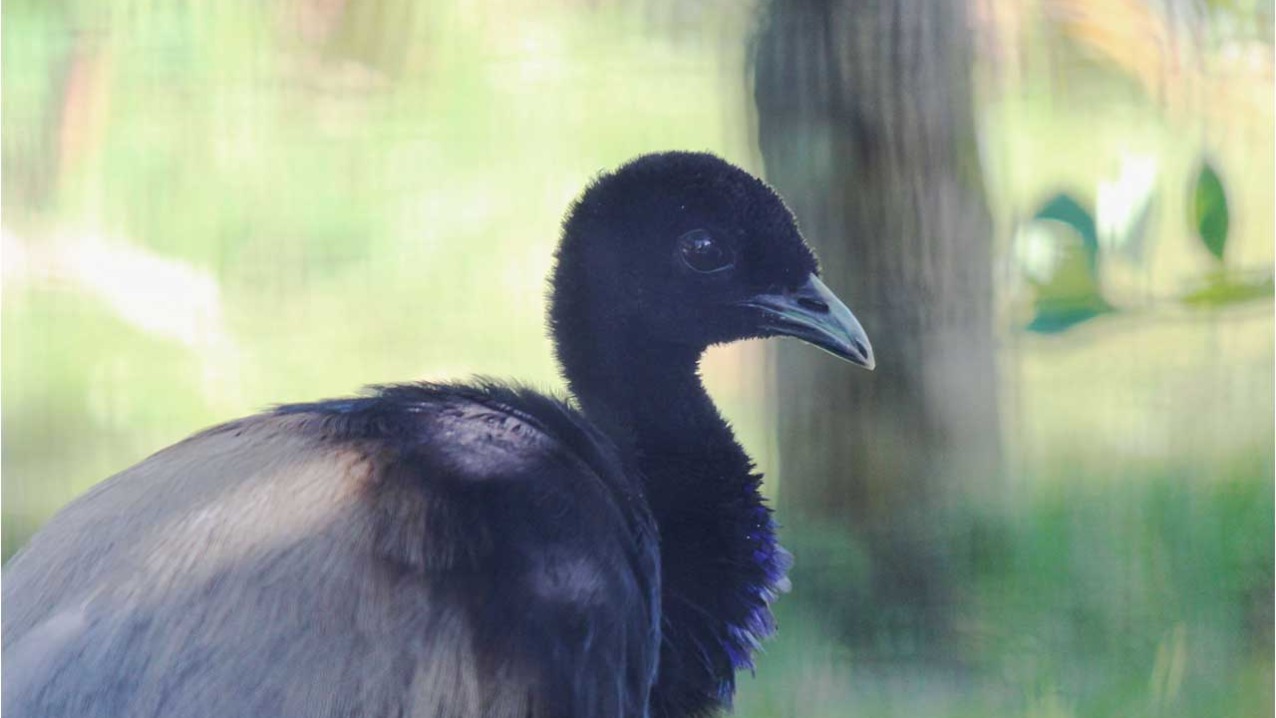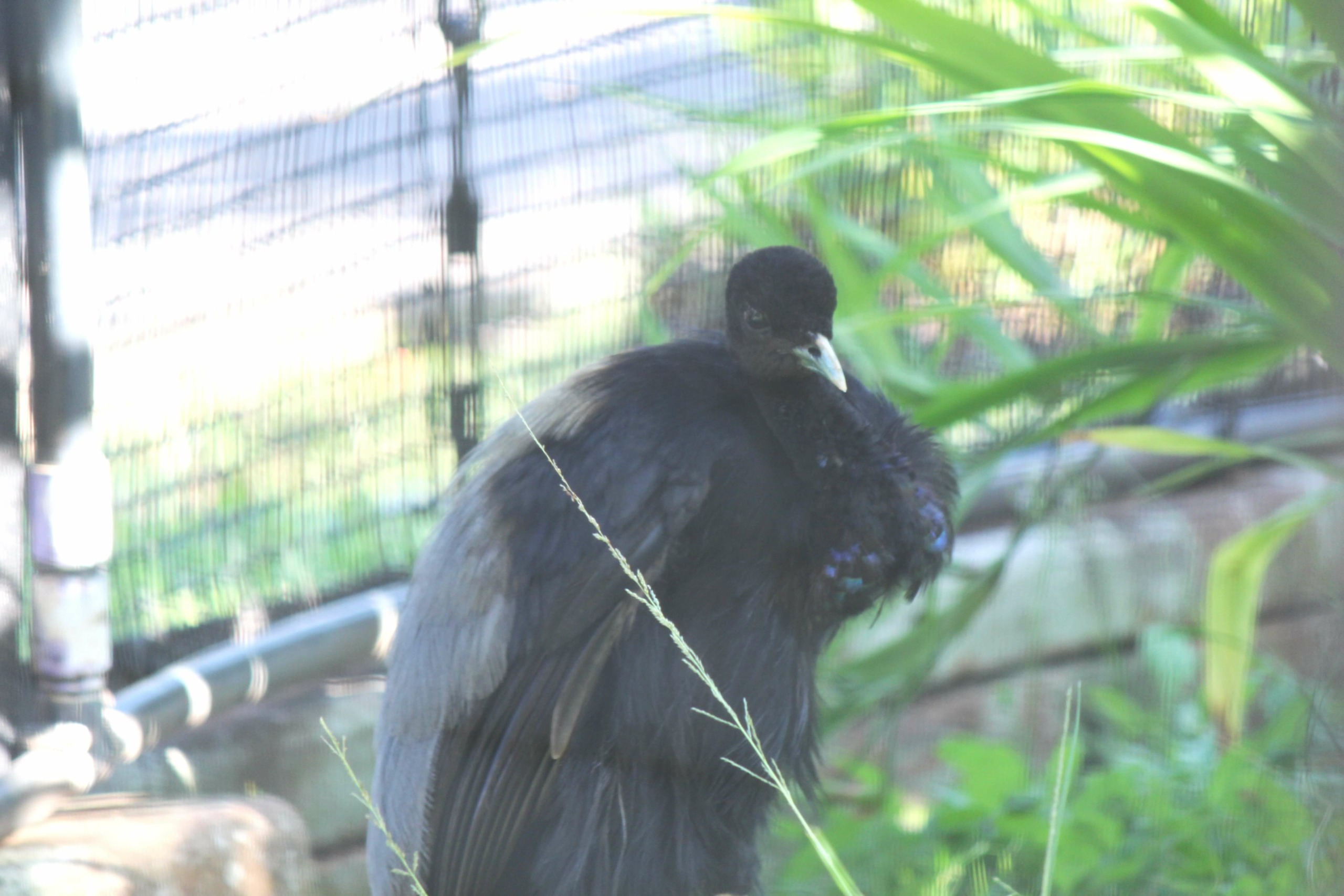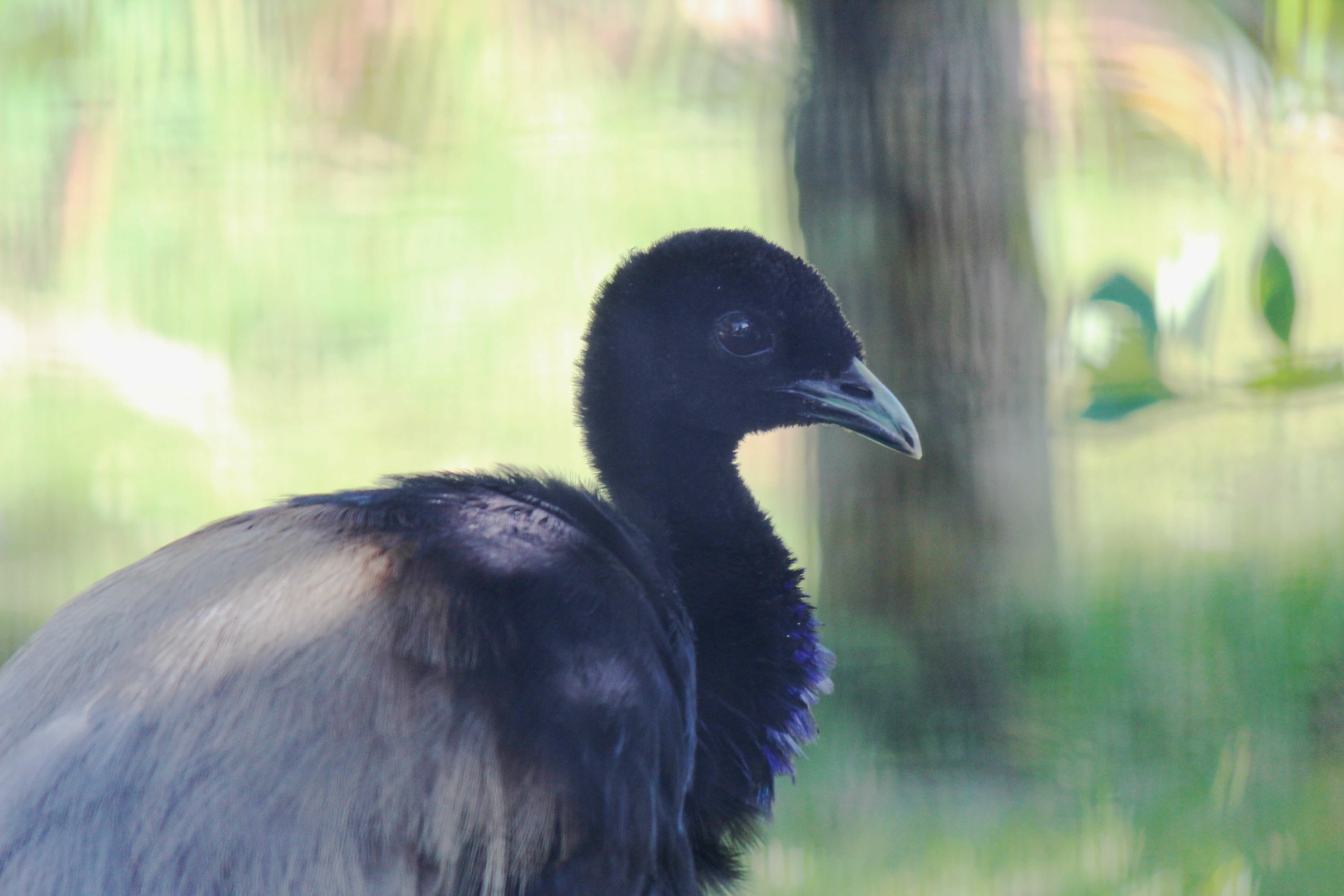psophia crepitans
Grey-winged Trumpeter
About Me
Scientific Name: Psophia crepitans
Description
Some of the Trumpeter bird’s physical characteristics indicate a relationship with cranes; others show a similarity to rails. Overall, the bird looks rather like a pheasant-sized long-legged Guinea Fowl.
The bird’s strongly arched wings, always held somewhat spread, make it look larger than it actually is, but the long, curved neck appears thin because it is covered with closely-packed velvety feathers.
Fun Facts
- Trumpeters cover their territory in the dark rain forests following certain paths led by a particularly alert bird.
- They are silent unless disturbed, at which time they utter strange cries from which it gets its name.
- Kingdom: Animalia
- Phylum: Chordata
- Class: Aves
- Order: Gruiformes
Some of the Trumpeter bird’s physical characteristics indicate a relationship with cranes; others show a similarity to rails. Overall, the bird looks rather like a pheasant-sized long-legged Guinea Fowl.
The bird’s strongly arched wings, always held somewhat spread, make it look larger than it actually is, but the long, curved neck appears thin because it is covered with closely-packed velvety feathers.
There is no difference in the coloration or size of the male and female. All three species of Trumpeter birds have beautiful gaudy plumage: black and purple shot with blue and green, ice-blue shot with bronze, or silver grey and other tints.
Trumpeters feed on both plant and animal material such as berries, grasshoppers, spiders and centipedes. They are particularly fond of termites and when large fruit falls to the forest floor, the Trumpeters have a feast.
Trumpeters make up a small family of birds all making their homes in the humid forests of South America.
Trumpeters cover their territory in the dark rain forests following certain paths led by a particularly alert bird. They are silent unless disturbed, at which time they utter strange cries from which it gets its name. Strangely enough, it sounds nothing like a trumpet, so their name is something of a misnomer. The cries are uttered with a closed beak and come from deep within the bird’s body.
At mating season, the birds are seen running and leaping like cranes. They are believed to nest in large tree cavities and usually have one clutch of seven eggs. The white eggs, which resemble small ostrich eggs, have a rough white shell. Nothing is known about the incubation period or rearing of the young. Under human care, only the female was observed sitting on the eggs.
In the wild, the Trumpeter bird avoids cultivated areas, so as the devastation of South American forests increases, the bird’s range shrinks. As yet, their existence is not threatened, but in the long run, it will be only in sanctuaries that they can be saved from extinction. Some South American countries have already begun to establish such sanctuaries.
In zoos, the Trumpeter birds become very tame and seem to recognize strangers, announcing their arrival with a loud cackle.
Other Birds
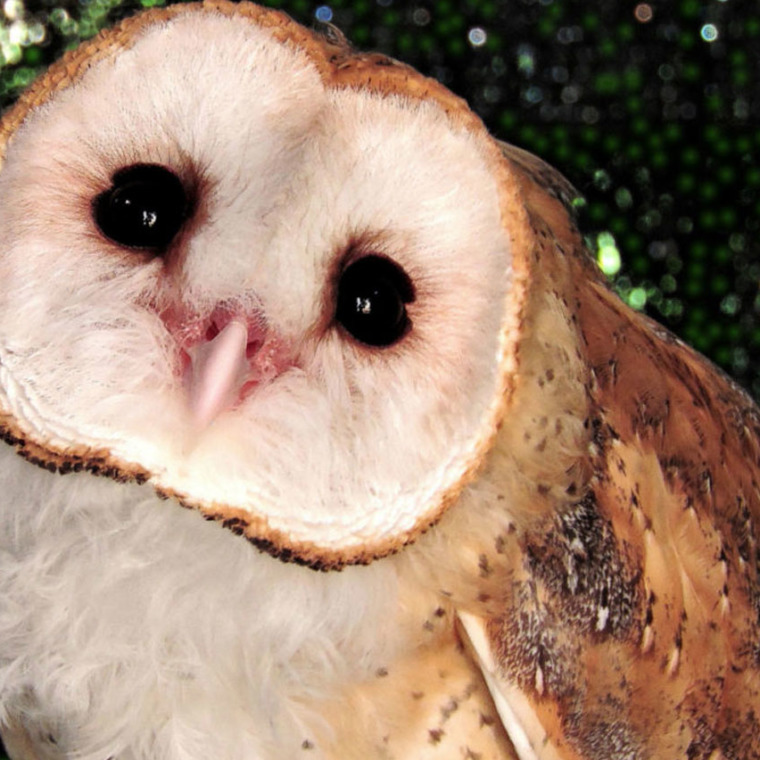
Barn Owls are found throughout the globe, in Europe, Africa, Asia, Austrailia, and the Americas
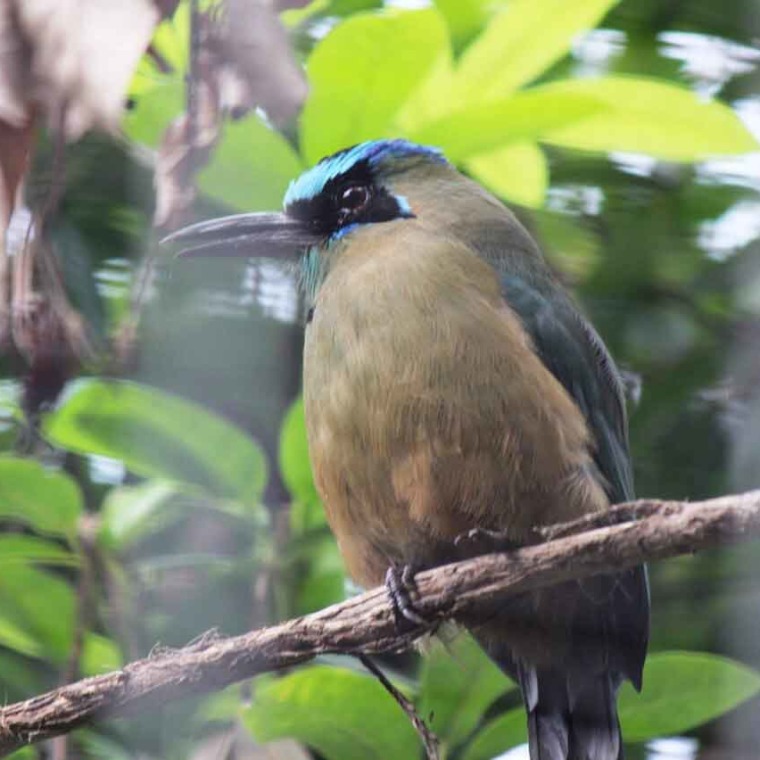
This animal can grow over a foot in length! Motmots possess a serrated beak and red eyes, with a black mask that encircles their heads.
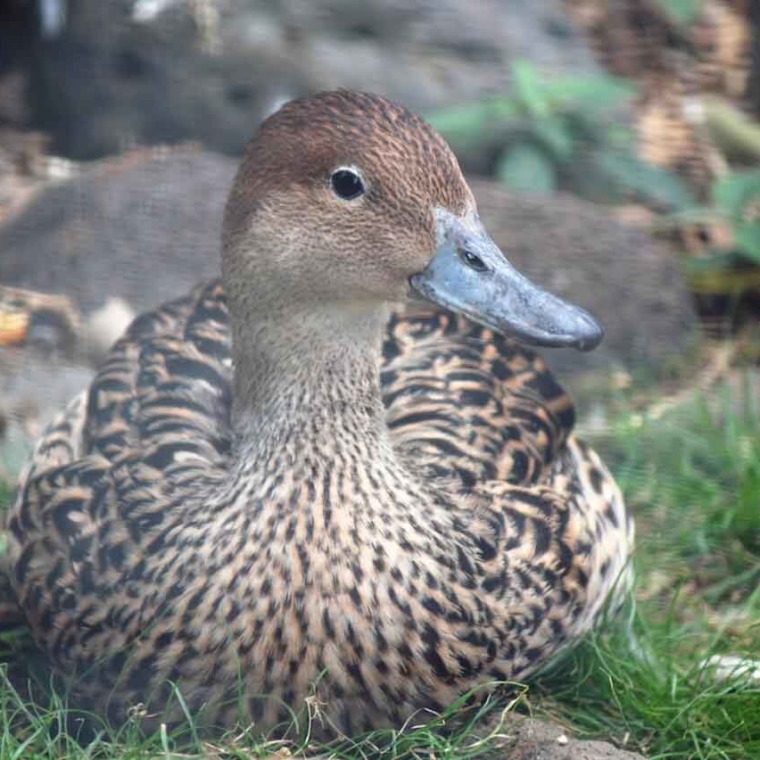
Koloa maoli are very secretive and difficult to observe except in protected areas such as Hanalei National Wildlife Refuge on Kauai.
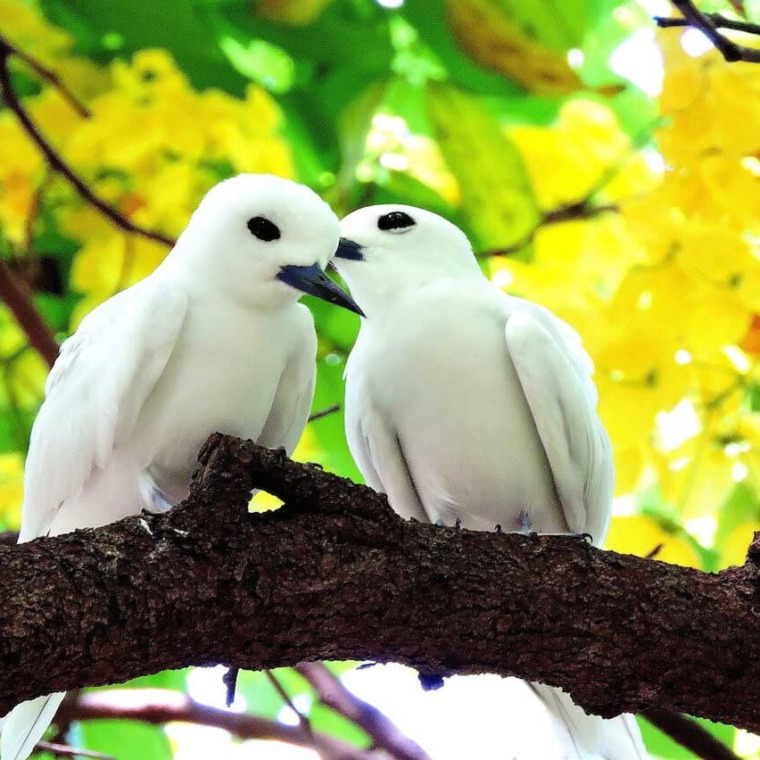
This bird is found primarily on islands, and has a wide ranger across the equatorial band of every ocean on Earth, save for the Arctic Ocean, which does not cross the equator.
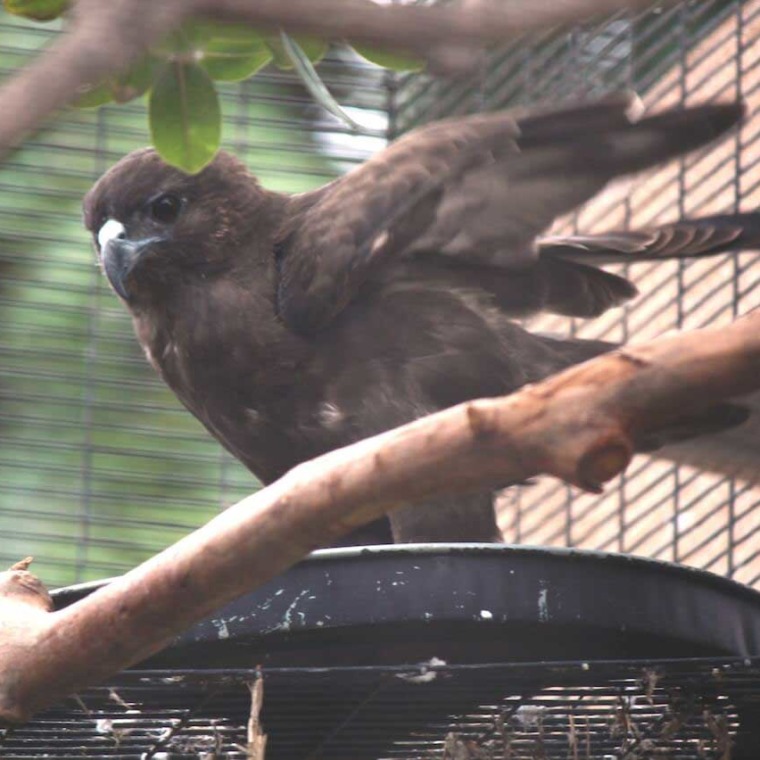
’Io prefer to hunt from tall perches that they use to survey their prey; however, they are known to dive at targets from mid-flight if the opportunity presents itself. are territorial and come together only to breed.


